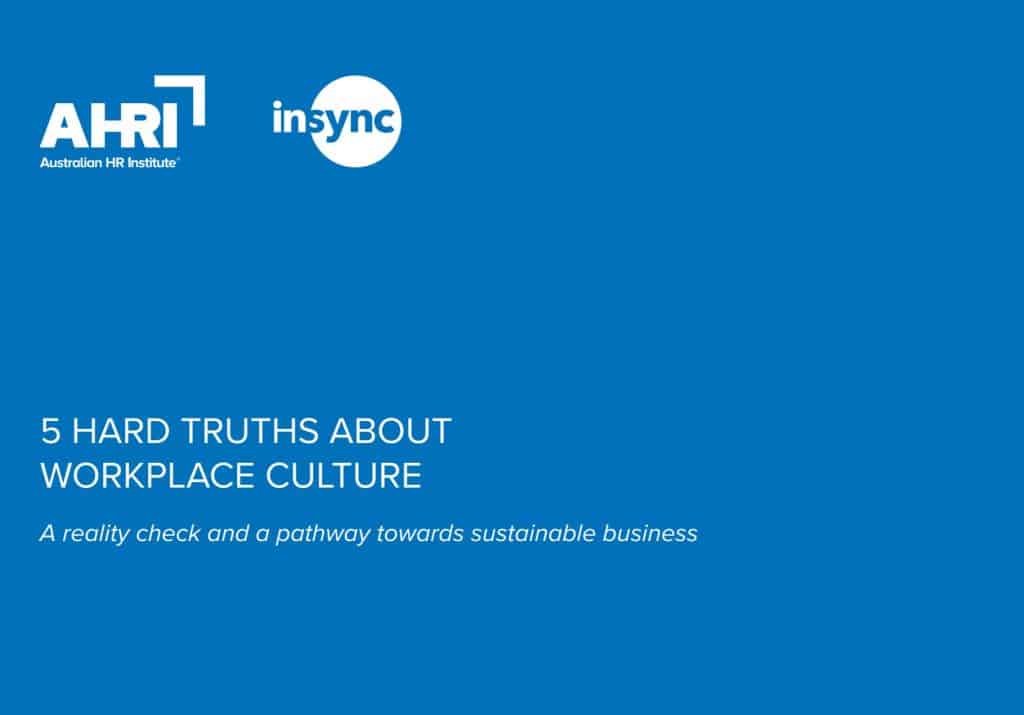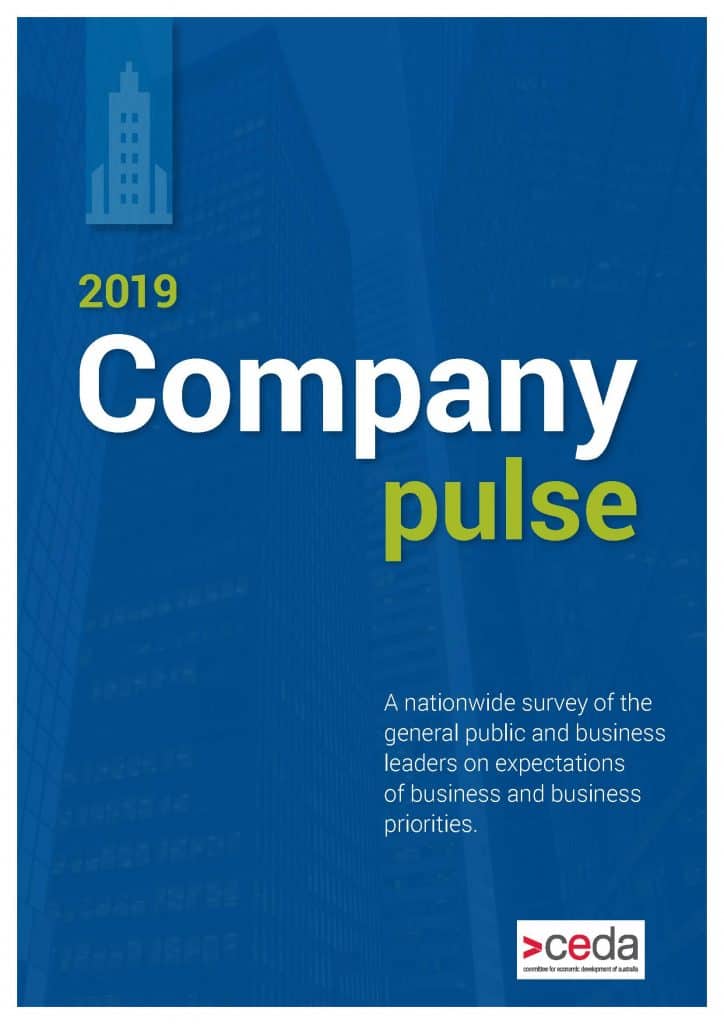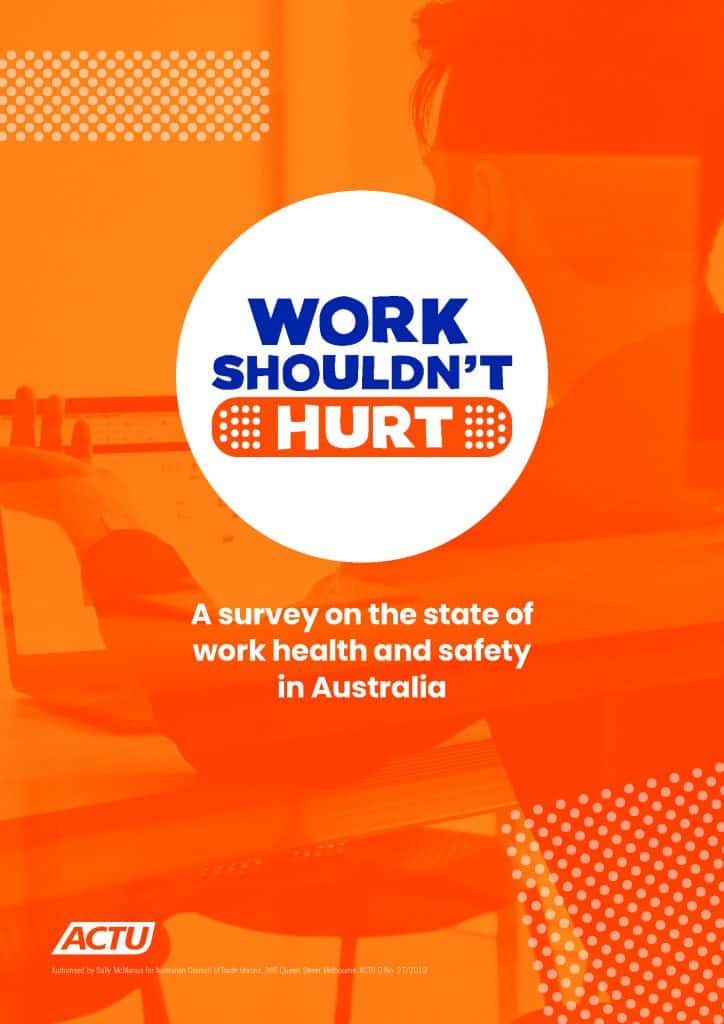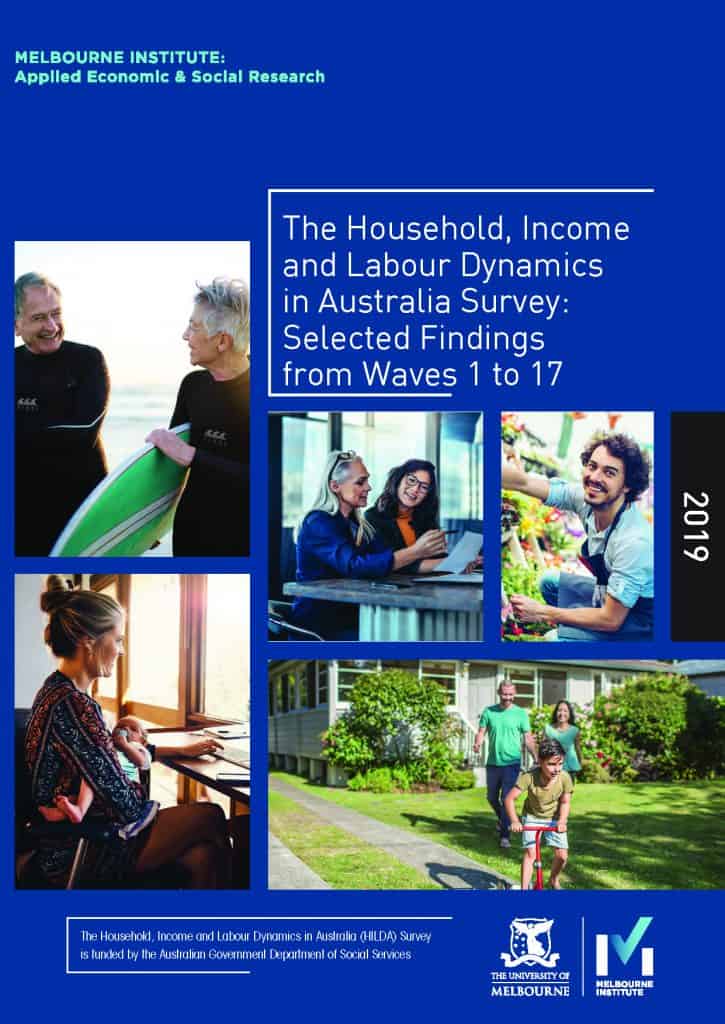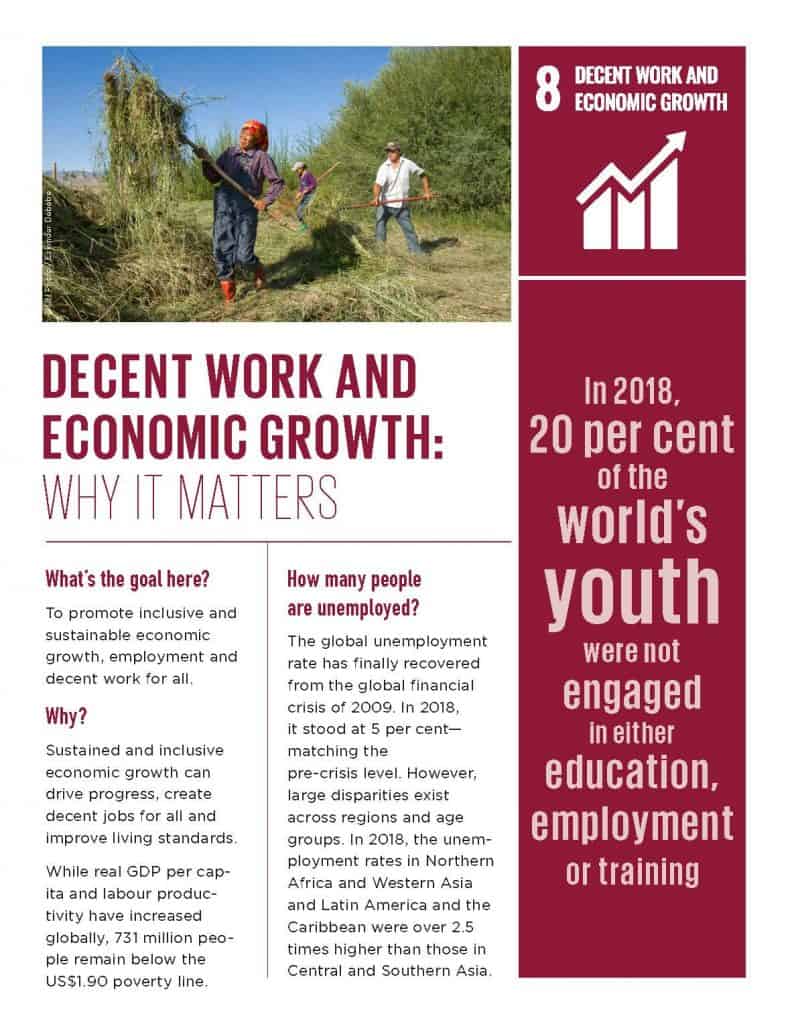
In September 2019 an Australian recruiting firm, Beaumont People, has commissioned a research project to identify what constitutes meaningful work. The company places meaningful work in the context of at least one of the United Nations’ Sustainability Goals (SDGs) – Decent Work and Economic Growth, but it is difficult to understand what is meant by “meaningful work”. Couldn’t the survey have used the UN Decent Work criteria?
The Beaumont People website says this of Meaningful Work:
“Meaningful Work is the importance an individual places on their work meeting their current personal beliefs, values, goals, expectations, and purpose in the context of their social and cultural environment.
Despite the vast amount of research undertaken on the concept and measurement of meaningful work, there remains no consistent definition of meaningful work nor consensus on the scales designed to measure it.”

